tresc and tresc_pelna
The same type, the same content
The same content. 876 characters in total.
Taken from db by ...AS data_dodania, p.data_modyfikacji, p.tresc, p.tresc_pelna, p.url, count(k.id)...
Echeon to website by <?= strlen($post['tresc_pelna']).'----'.strlen($post['tresc']) ?>
And guess what?
This is the output
876----3248
What the...?
I have completly no Idea what is happening here xD.
Please help guys :D
Both fields utf8_polish_ci and exactly same content
<?= mb_strlen($post['tresc_pelna'], 'utf-8').'----'.mb_strlen($post['tresc'], 'utf-8') ?>
Still bad result.
tresc over 3 thousands... what the... How? why?

